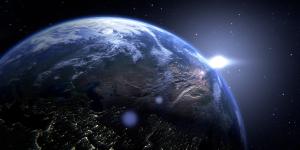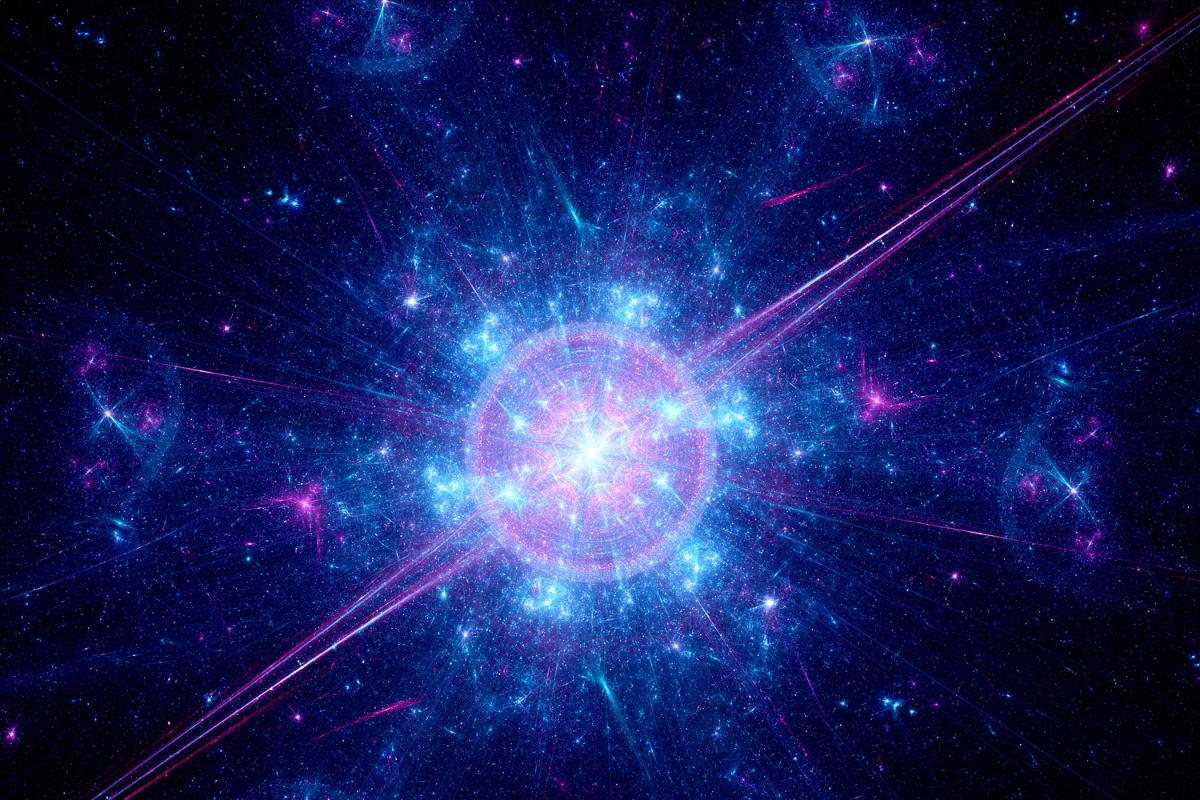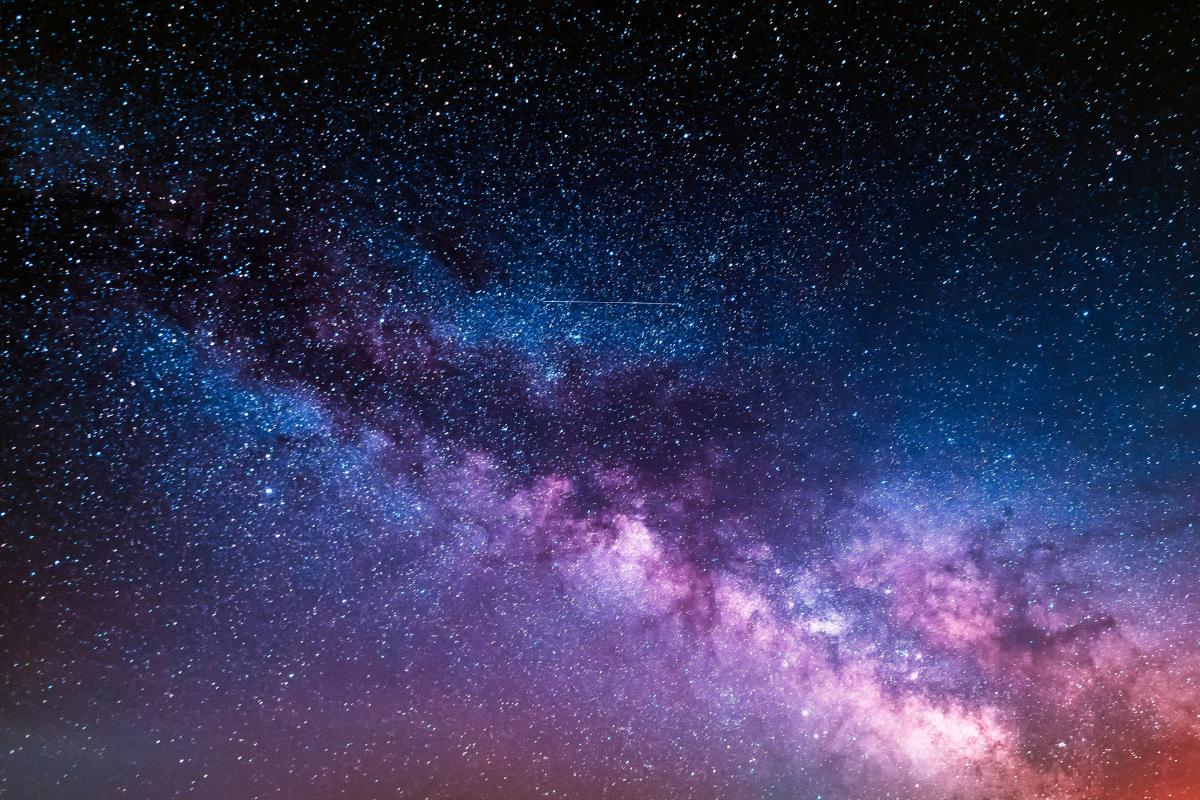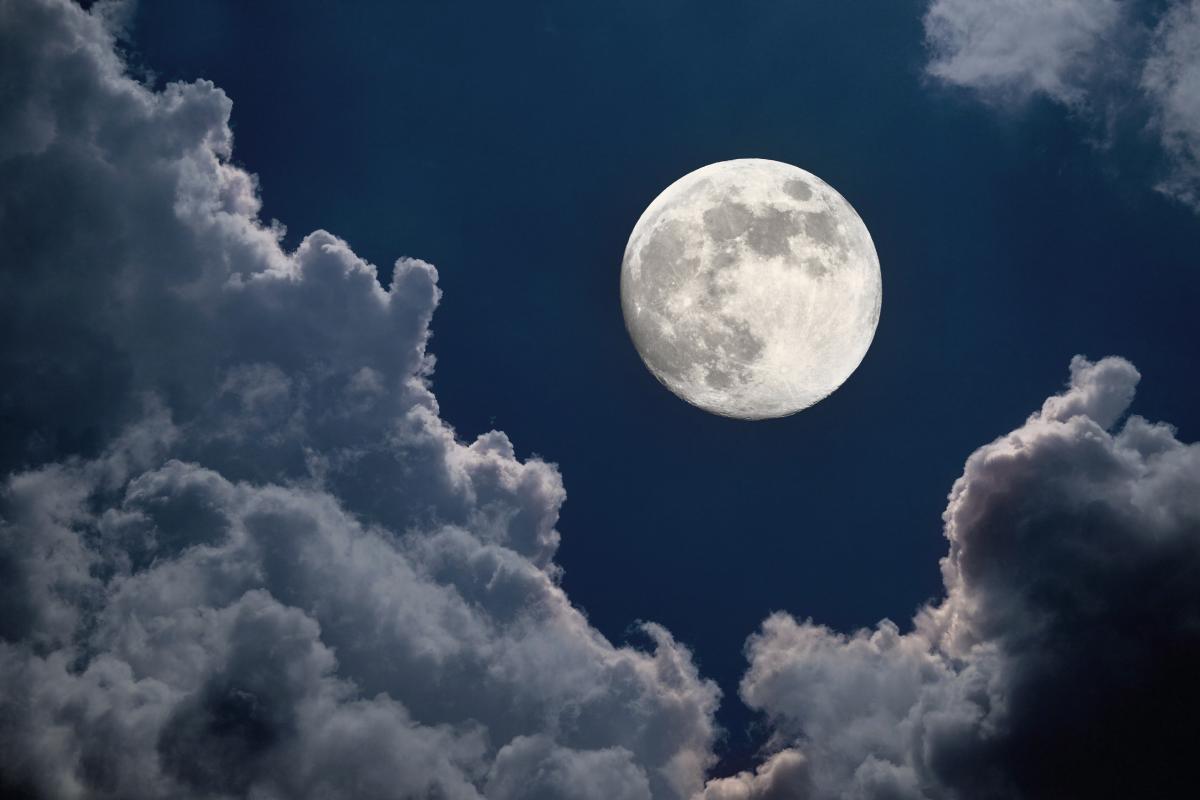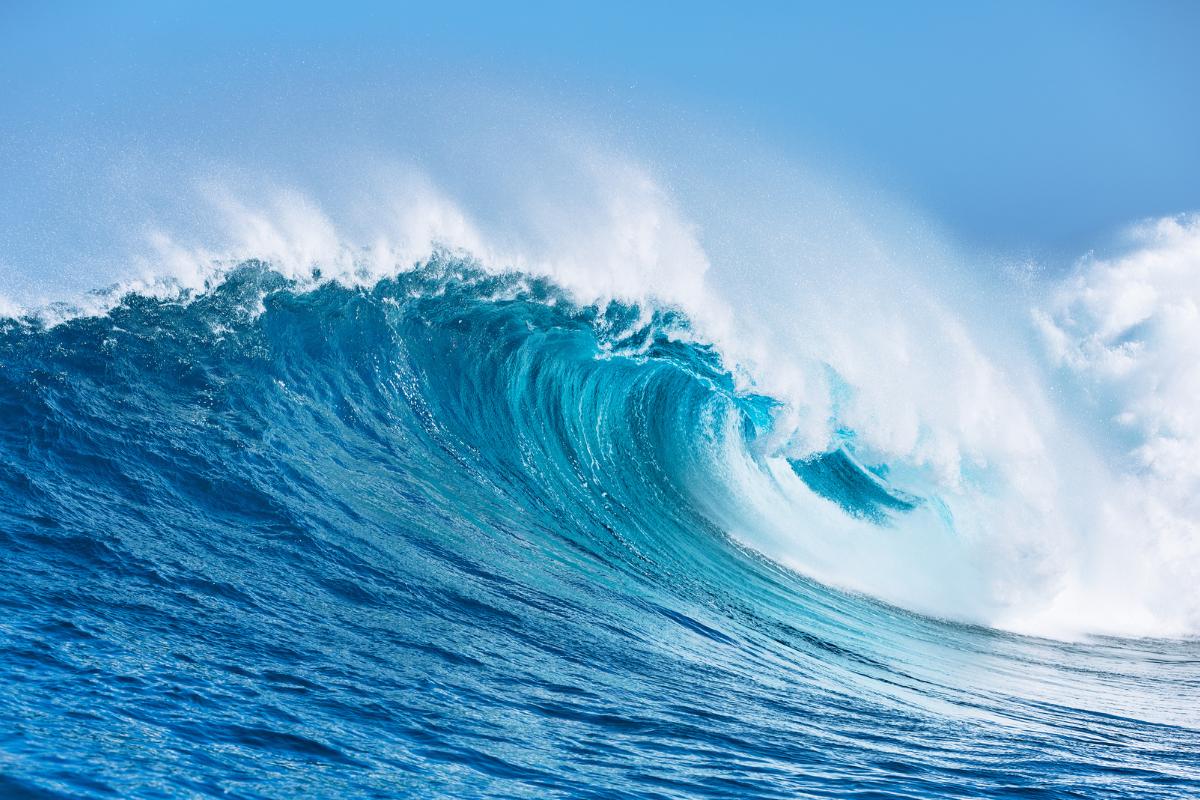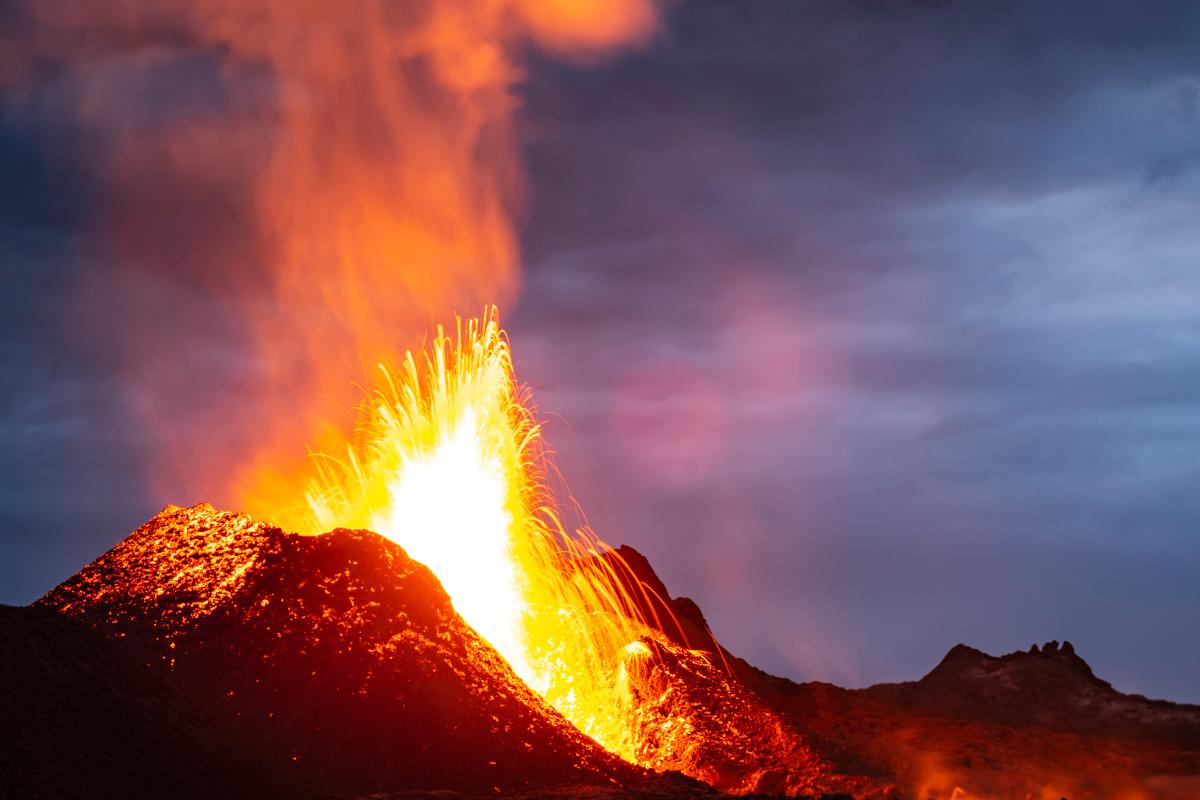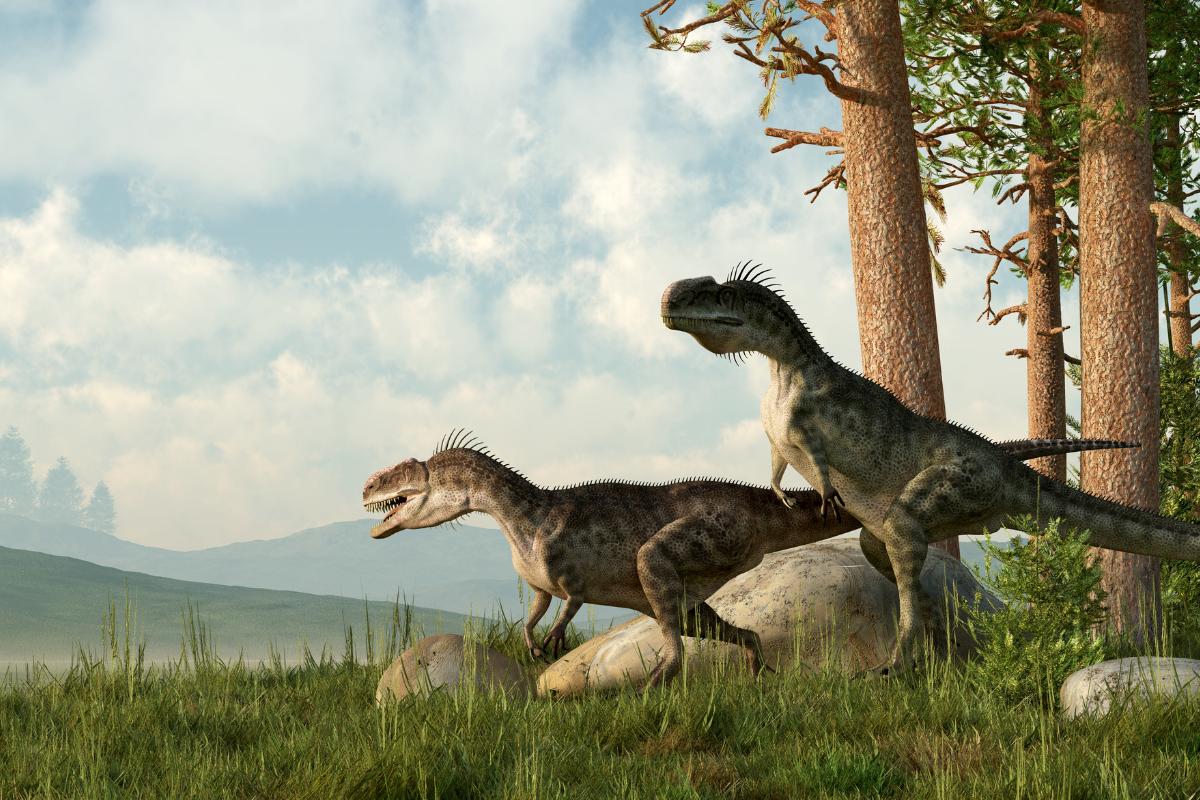How Was Earth Originally Formed?


Early Earth was nothing like it is now. It was a fiery, molten ball, constantly hit by asteroids and comets, with volcanoes erupting everywhere. Over millions of years, it cooled down. Heavy metals sank to the center, creating Earth's core, while lighter materials formed the outer layers. Today, Earth is a vibrant planet filled with millions of different living things. From mountains to oceans, from forests to deserts, life thrives everywhere. Earth is the only place we know of where life has flourished so abundantly.
The following article by thedailyECO explores the origins of Earth, detailing how our planet and others came into being. It also explains the formation of Earth's oceans and the unique conditions that make our planet a haven for life.
How did the Big Bang create space?
Imagine going back in time, way, way back, almost 14 billion years ago. Before there were stars, planets, or even the Earth, everything that exists was squeezed into an incredibly tiny, super-hot point. We're talking smaller than an atom.
Then, something amazing happened. This was not like a regular explosion, like a firework bursting. Instead, space itself started to stretch and expand, really, really fast. Think of it like blowing up a balloon, but the balloon is everything, everywhere. Scientists call this the Big Bang.
As this expanding "balloon" cooled down, other things started to happen. In the blink of an eye, the forces that control everything in the universe, like gravity, took shape. A few minutes later, the universe was hot enough for the simplest elements, like hydrogen and helium, to appear. These are the same gases that make stars shine.
For a long time, the universe was like a thick, glowing fog. It was so hot that light couldn't travel freely. But after about 380,000 years, things cooled down enough for atoms to form. This was a huge moment because it allowed light to travel through space for the first time. We can still see a faint glow from this ancient light today, called the Cosmic Microwave Background.
Then came a long period called the "dark ages." The universe was filled with clouds of hydrogen and helium, but there were no stars. These clouds slowly clumped together because of gravity.
Finally, about 400 million years after the Big Bang, the first stars ignited. They were huge and bright, and when they died, they scattered heavier elements into space.
These stars gathered together to form the first galaxies. Over billions of years, these galaxies grew, collided, and merged, eventually creating the vast universe we see today, with all its stars, planets, and everything in between.
Ever wonder what makes stars twinkle in the night sky? After learning about Earth's story, discover the amazing way stars create their own light.

How did the Earth take shape?
Earth's story began in the Milky Way galaxy, billions of years after the Big Bang.
A cloud of gas and dust, a nebula, disturbed by a nearby supernova, collapsed under its own gravity and began to spin, forming a protoplanetary disk with a hot, growing center, which is our Sun. Then dust particles in the disk collided and stuck together through static electricity, growing into planetesimals.
In the inner solar system, where temperatures were too high for ice to condense, these planetesimals were composed of rocky materials like silicates and metals. Earth formed from countless collisions of these planetesimals, generating immense heat and creating a molten world.
A significant impact with a Mars-sized object, Theia, ejected a massive amount of material into orbit, which coalesced to form the Moon. This impact also tilted Earth's axis.

Was the Earth hot when it formed?
After Earth's formation, it was a molten ball of rock, with surface temperatures over 2,000 degrees Celsius. This heat came from impacts during formation, radioactive decay, and gravitational compression.
As Earth cooled, heavier elements like iron and nickel sank to the core, while lighter materials formed the mantle and crust in a process called differentiation. Volcanic activity was constant, releasing gases that formed Earth's early atmosphere.
Meteorite bombardment continued, preventing a stable crust from forming. Over millions of years, the surface cooled. A thin crust formed, frequently broken by volcanoes and impacts. Water vapor condensed, creating torrential rains and the first oceans. The crust broke into plates, starting plate tectonics, which caused earthquakes and mountain building. Volcanic eruptions continued, becoming localized along plate boundaries. This fiery beginning and gradual cooling created Earth's layered structure, a world that eventually supported life.
Earth developed an early atmosphere rich in water vapor, carbon dioxide, and nitrogen, but lacking free oxygen.

How did water first form on Earth?
As Earth cooled, water arrived, making it habitable. Water likely came from both inside and outside the planet.
Volcanic eruptions released water vapor from Earth's rocks into the early atmosphere. However, chemical studies show that some water came from space. During the Late Heavy Bombardment, icy asteroids and comets struck Earth, delivering frozen water. This cosmic delivery may have provided up to half of Earth's current water.
As Earth cooled further, water vapor condensed, creating rainstorms that filled low areas, forming the first oceans. Earth's early atmosphere was different from today's, containing water vapor, carbon dioxide, nitrogen, and other gases, but no oxygen.
Volcanic outgassing created this atmosphere, and some gases escaped into space. This atmosphere created a greenhouse effect, preventing Earth from freezing. The interaction of oceans and atmosphere created weather patterns.
This transformation, from a dry, molten world to one with oceans and a complex atmosphere, prepared Earth for the emergence of life.
Now that you know how Earth's oceans formed, aren't you curious about why they taste salty instead of fresh?

What caused the first continents to form?
After Earth's early crust and oceans formed, there were no continents like we know them. The first crust was thin and made of basalt, similar to today's ocean floors. Continents began forming about 4 billion years ago.
Earth's internal heat caused parts of the crust to sink and melt. This melting created lighter, silica-rich magma that rose, forming granite. These granite areas, called cratons, rose above the basalt crust, becoming the cores of continents. The oldest pieces of these early continents are found in places like Canada, Australia, and Greenland.
Unlike ocean crust, continental crust is light and resists sinking, allowing it to last billions of years. Continents grew through volcanic activity, collisions of land masses, and sediment accumulation. Continents moved due to plate tectonics, forming supercontinents like Pangaea, which later broke apart.
Continents continued to change through mountain building, erosion, and volcanic activity. The emergence of continents changed Earth's climate and ocean patterns, and provided stable environments for land-based life. Without continents, Earth would be a water planet with less diversity.
Learn about a continent that existed over a billion years ago, and discover how Earth's continents have repeatedly come together and drifted apart throughout its long history.

What were the first signs of life on Earth?
After Earth's oceans formed and the planet's surface cooled enough to allow liquid water to accumulate, the stage was set for perhaps the most extraordinary development in our planet's history, the emergence of life. The first living things appeared in Earth's oceans between 3.5 and 4 billion years ago, relatively soon after the planet became hospitable enough to support life.
These earliest life forms were nothing like the plants and animals we see today. They were incredibly simple, single-celled organisms similar to bacteria. These microscopic pioneers likely developed in protected environments like tide pools, deep-sea hydrothermal vents, or clay-rich shorelines where the necessary chemical building blocks could concentrate and interact.
Life's beginnings involved complex organic molecules such as carbon, hydrogen, oxygen and nitrogen, that began forming increasingly complicated structures. These eventually developed the crucial abilities that define life: maintaining themselves, using energy, and reproducing.
The first cells were prokaryotes (organisms without a cell nucleus), similar to some bacteria found on Earth today.
These early microorganisms quickly diversified into different types. Some learned to capture energy from the sun through primitive photosynthesis, while others derived energy from chemical reactions in their environment. These tiny life forms began to change Earth itself, gradually releasing oxygen as a waste product of photosynthesis, which would eventually transform the atmosphere.
For nearly two billion years, Earth's only inhabitants were these microscopic organisms, yet they were reshaping the planet in profound ways, preparing it for the more complex life that would eventually follow.

What makes earth So perfect for life?
Earth has changed dramatically since life began with simple bacteria. Over billions of years, complex cells and multicellular organisms evolved, leading to the diverse life we see today.
Earth's conditions are perfect for life because our planet is in the "Goldilocks zone" around the Sun, allowing liquid water to exist. Earth's size provides enough gravity to hold an atmosphere, and its magnetic field protects us from solar radiation. Not only that, but plate tectonics recycles nutrients and regulates climate.
So far, Earth is the only known planet with complex life. Its unique combination of factors such as the distance from the Sun, size, composition, magnetic field, and the moon have allowed life to flourish.
Humans, a relatively recent species, can understand Earth's history and our role in it. We also have the power to affect the planet, giving us a responsibility to protect it.

If you want to read similar articles to How Was Earth Originally Formed?, we recommend you visit our Facts about Earth and the universe category.

